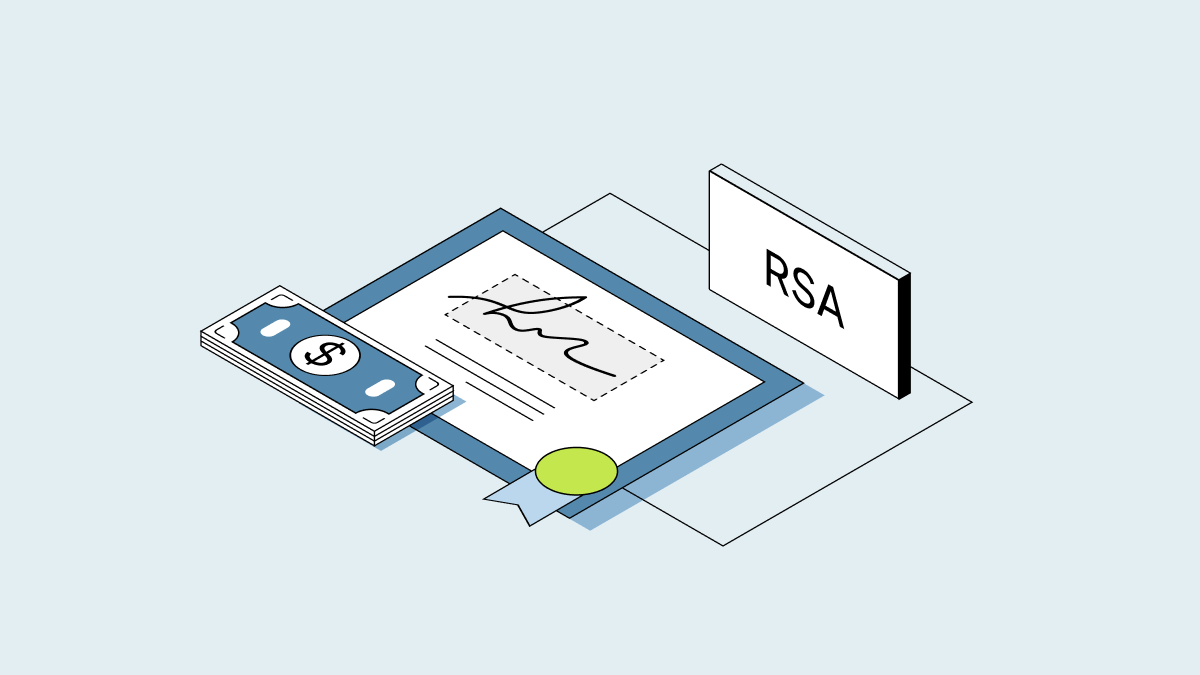Liquid assets—like money in the bank or publicly traded company stock— can be easily or quickly converted into cash. In contrast, illiquid assets—like real estate or private company stock options—can be difficult to convert to cash quickly and risk losing some of their expected value when sold for cash. A liquidity event is when an asset-holding investor converts their illiquid assets into liquid ones.
What is a liquidity event?
For private companies, a liquidity event is when shareholders can turn their equity into cash. The most commonly known liquidity event is an exit (such as an M&A, IPO, or dissolution). Liquidity events may also be part of a startup’s compensation strategy, providing opportunities for employees or other shareholders to realize the value of their equity compensation on the secondary market, before an exit.
Types of liquidity events
There are several types of liquidity events that companies and investors might pursue. In this article, we’ll cover the most common liquidity events for private companies:
-
Public offerings
-
M&As
-
Secondary transactions
Public offerings: Ways a company can “go public”
An initial public offering (IPO) is when a private company becomes a publicly traded company when its stock is listed on a public exchange. An IPO is the most common way to go public. Direct listings and SPAC mergers are two alternative transaction types that companies might use to list their shares on an exchange in the public market.
Initial public offering (IPO)
A traditional initial public offering is when a private company sells newly-issued shares of its common stock to underwriters (i.e. investment banks), who then resell the shares to institutional and retail investors on a stock exchange. An IPO allows shareholders in the company to sell registered shares and access liquidity in the public market.
IPO transactions generally have a lock-up period of 90 or 180 days during which existing shareholders cannot sell their shares. The IPO process itself is long and takes (at a minimum) 18-24 months.
Direct listings
A direct listing, or direct public offering, is an alternative to an IPO as a way for a company to become publicly traded. Unlike an IPO, a direct listing does not rely on underwriters to buy an initial block of shares at a predetermined price. Instead, the company simply lists its shares on a stock market to trade on the prevailing price. Other investors can then buy shares directly from the public market, and existing shareholders typically do not have a lock-up period. Unlike in an IPO, a company conducting a direct listing does not raise any new capital.
SPAC mergers
A special purpose acquisition company (SPAC) is a type of shell company that raises money in an IPO for the sole purpose of acquiring a private company. Also known as a blank-check company, a SPAC can be used to take another company public without the target going through the traditional IPO process.
Mergers and acquisitions (M&A)
Mergers and acquisitions are almost always lumped together but are technically two different types of transactions. A merger is when two or more companies combine to become one (they might adopt a new name in the process), whereas an acquisition is when one company takes over another one.
Buyouts, consolidations, acqui-hires, or restructurings are all terms that you may have heard that fall under the broader umbrella concept of M&A.
There are two common structures for acquisitions:
-
Stock sale: When the target company’s stockholders sell their stock to the buyer, such that the target becomes a wholly owned subsidiary of the buyer. In some cases, a stock sale could involve the buyer absorbing the target so the target ceases to become a distinct entity.
-
Asset sale: When the target sells all or most of its assets to the buyer, and then typically the company dissolves and pays the proceeds of the sale to the stockholders in the company's wind-down process.
→ Learn more about M&A transactions in Carta’s guide to mergers and acquisitions
Secondary market transactions
A secondary market transaction happens when one or more investors acquire stock in a company from an existing shareholder, rather than directly from the company in a primary stock sale. Venture capitalists, executives, and employees are some of the most common types of sellers in venture secondaries.
Venture secondary transactions can occur at any time, but they often happen within 90 days of a primary funding round. Companies usually self-impose a cap on the size of traditional venture rounds, so secondaries can be a second chance to invest for those who were excluded or did not get their desired allocation in a recent capital raise.
Venture secondaries take many different forms. However, they can be broken down into two major groups: structured liquidity programs and direct secondary sales.
Structured liquidity programs
A company typically initiates structured liquidity events, which are then structured, negotiated, and supported by management. The most common type of structured liquidity program is a tender offer; auctions are less common.
Tender offers
A tender offer allows multiple sellers ( usually employees and early investors) to sell their shares either to one or more groups of investors or back to the company at a predetermined price during a 20-business-day offering period. Companies running tender offers have full control over which buyers and sellers may participate and the price of the stock to be sold in the transaction. Companies are also obligated to provide financial statements and other disclosures as part of the offering documents to help interested sellers and buyers make informed decisions.
Tender offers have a more regulated process under Securities and Exchange Commission (SEC) provisions than other types of secondary transactions. While there is no statutory definition for a tender offer, courts have provided guidance on the various factors to consider in evaluating whether a transaction may need to be run as a tender offer.
Auctions
An auction uses supply and demand dynamics to determine the price and volume of a secondary transaction. These transactions are typically organized by the company. Instead of standard prices, buyers enter bids and offers for what they're willing to pay. Often, a third-party market operator and secondary platform can help determine a price that best matches supply and demand.
Direct secondary sales
A direct secondary sale, also called a bilateral trade or private secondary sale, is when one investor sells shares in a company directly to another investor in a deal that isn’t initiated or sponsored by the company. These trades can create complications for companies that like to have control over their cap table and equity ownership.
Except in certain circumstances under securities law, there are no other standard disclosures for direct secondary transactions. Sometimes no information at all is provided to potential buyers. The price is negotiated between the buyer and seller, rather than being determined by the company or third-party purchaser as it is in a tender offer. This can lead to different implied valuations across different transactions.
How secondaries affect company valuations
Companies sometimes try to prevent bilateral trades because secondary transactions have historically impacted 409A valuations. But that’s not necessarily the case today. If your company is conducting a secondary transaction, using separate valuations for 409A and ASC 718 compliance can help reduce the impact of a secondary deal on your company’s 409A.
At Carta, we recommend this separation of valuations, which removes a major roadblock for companies that might be concerned that a rising 409A valuation would make it harder to attract top talent with stock options.
Finding authorized brokerages for liquidity events
While tender offers are an excellent structure to enable structured secondary liquidity, not all companies are positioned to spend the time required to organize and execute that type of transaction. If a full-blown tender offer structure doesn’t fit within your current priorities, an authorized brokerage firm may help your stockholders find liquidity for their equity.
Our private capital markets team can help execute secondary liquidity programs that are in line with company governance policies. Once a program is live, interested sellers and buyers can engage with Carta Liquidity on its platform.



